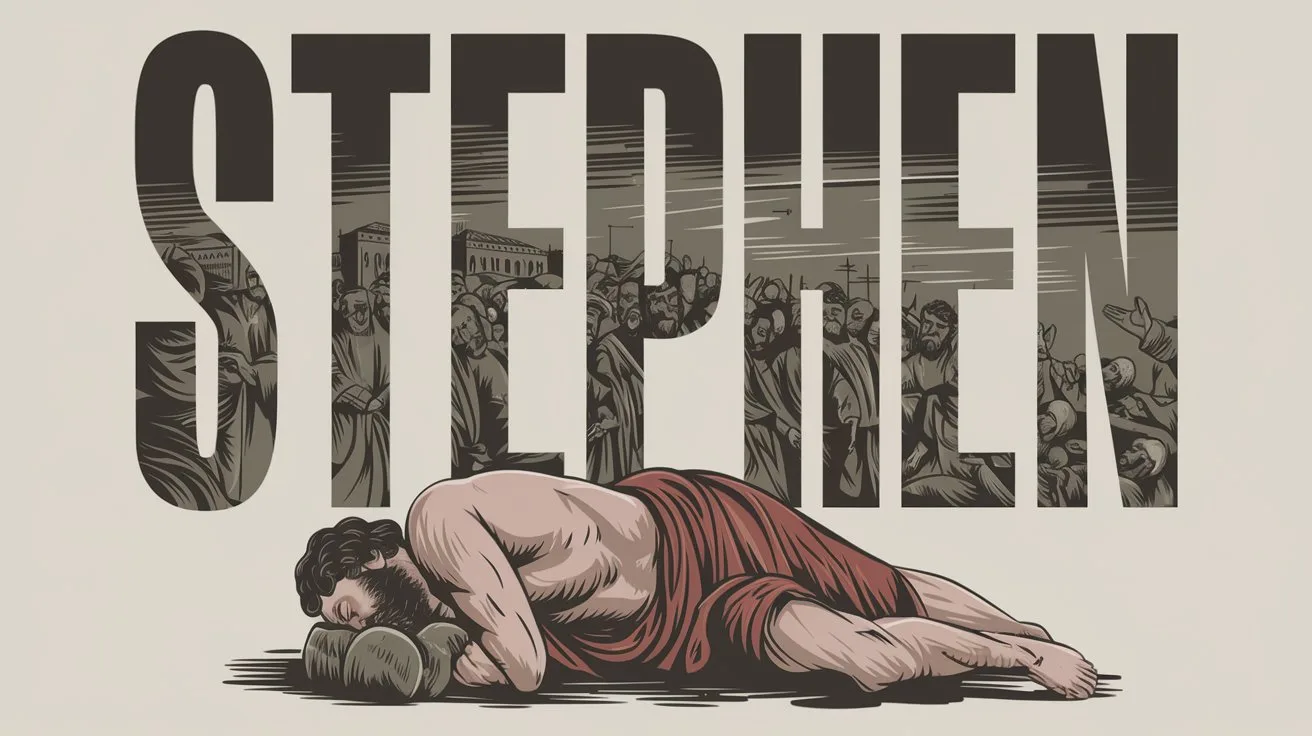The turning of water into blood was the first plague that God sent upon Egypt through Moses and Aaron. It was a direct confrontation against Pharaoh and the gods of Egypt, demons/”>demonstrating the authority of the God of Israel. This event is recorded in Exodus 7:19–20:
“Then the Lord spoke to Moses, ‘Say to Aaron, “Take your rod and stretch out your hand over the waters of Egypt… and they shall be turned to blood.”’… And all the waters that were in the river were turned to blood.”
The Nile River, which was central to Egyptian life and worship, became a symbol of judgment. Fish died, the river stank, and the people could not drink the water. This plague lasted seven days and was the beginning of a series of escalating judgments that revealed God’s power over creation and false gods.
Though the Egyptian magicians appeared to replicate this sign through enchantments (Exodus 7:22), they could not reverse the plague. Their imitation only confirmed that they operated by deception, not divine authority.
This miracle was not a natural phenomenon. It was a supernatural act initiated by the word of the Lord to bring Pharaoh to repentance and to deliver Israel from bondage. God said in Exodus 7:17:
“By this you shall know that I am the Lord.”
The turning of water into blood is more than a display of power. It symbolizes judgment, defilement, and the beginning of God’s wrath poured out against a hardened ruler and a corrupt nation. It set the tone for all the plagues that followed and affirmed that when God speaks, creation itself obeys.







